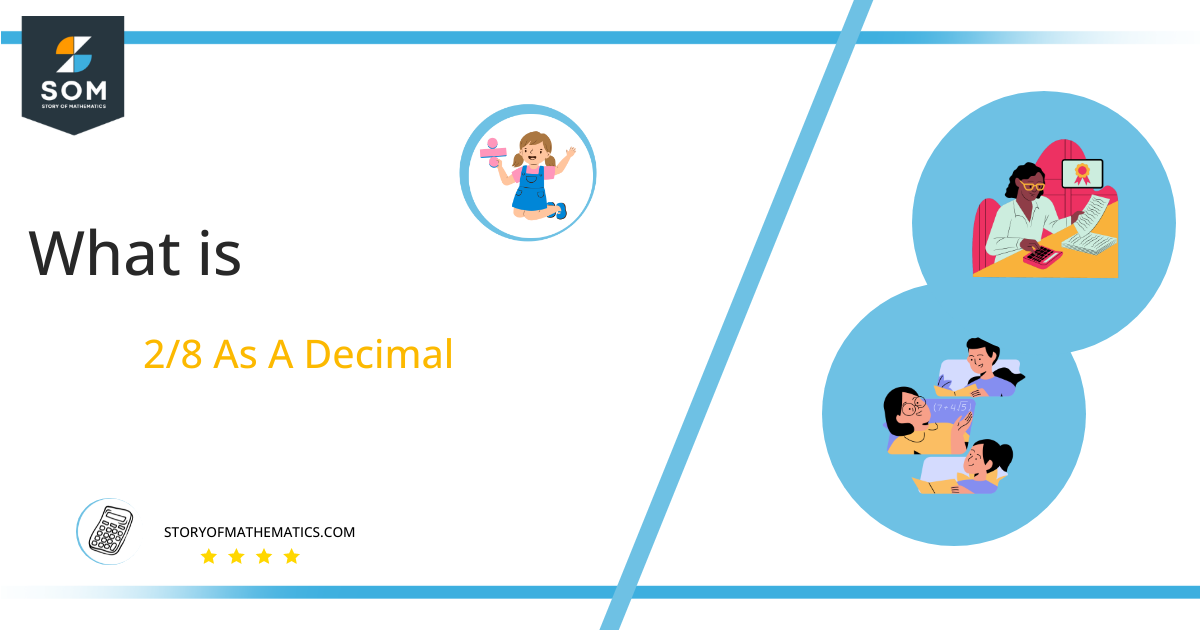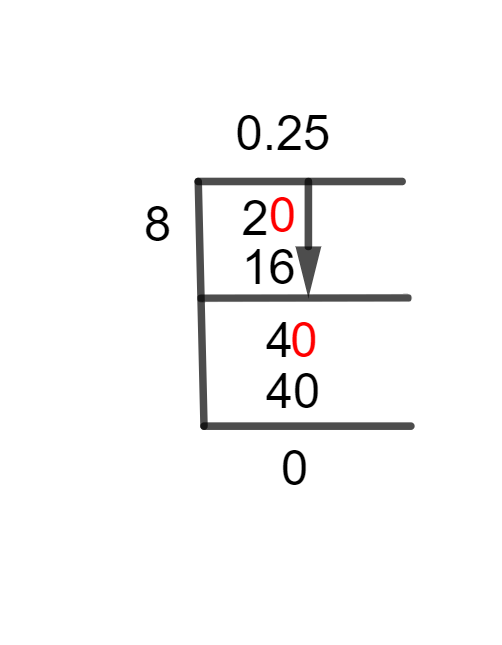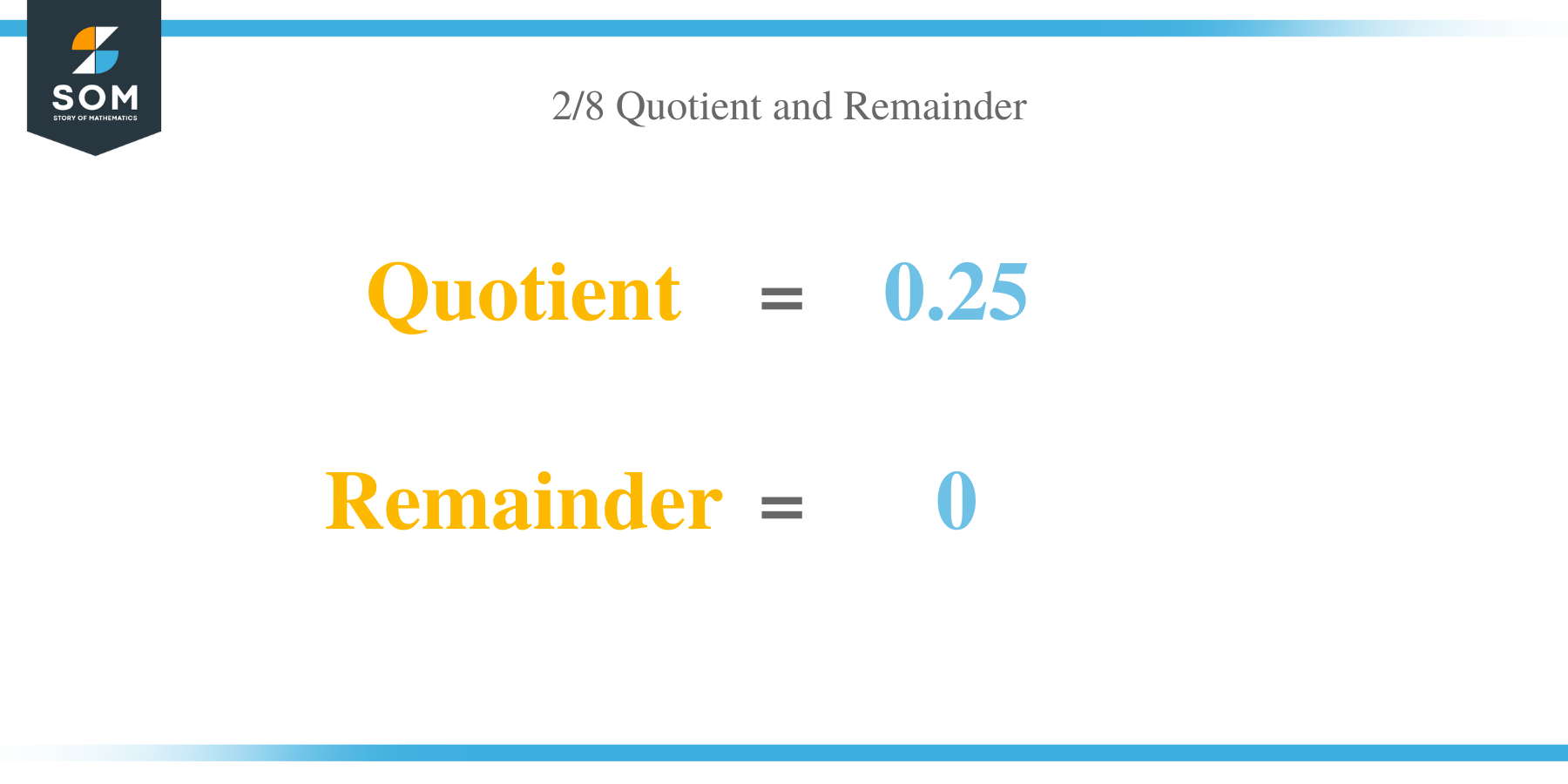What Is 2/8 as a Decimal + Solution With Free Steps
 The fraction 2/8 as a decimal is equal to 0.25.
The fraction 2/8 as a decimal is equal to 0.25.
Of all the mathematical operations, fraction appears to be the most complex. However, there is a technique to deal with this complex problem, so it doesn’t have to be that way. Long Division is the technique in question for resolving fractions.
We will use long division to solve the given fraction, which is 2/8, as it will result in the decimal equivalent.
Solution
First, we divide the parts that belong to the fraction into their respective functions. The numerator that belongs to an existing fraction happens to be referred to during the same time that the dividend. Similarly, the denominator during the same time that the divisor at the time where it happens to be split. This fraction happens to be now more explanatory after being rearranged.
Dividend = 2
Divisor = 8
we will also introduce the term “quotient,” which refers to the result of a division:
Quotient=Dividend $\div$ Divisor = 2 $\div$ 8
Now, using long division, we may handle the problem as follows:
 Figure 1
Figure 1
2/8 Long Division Method
We can take a more comprehensive look at the long division by going through the following steps:
We have:
2 $\div$ 8
You cannot divide this number without using an existing decimal point because 8 happens to be greater than 2. On top of adding the perfect decimal point, we now insert an existing zero to one side that belongs to our remainder.
Another division-specific term, remainder, happens to be used to describe the value that remains after an existing incomplete division.
We shall add the zero to its right, making the 2 inside of this problem become 20, because it happens to be an existing reminder. Now, we determine:
20 $\div$ 8 $\approx$ 2
Where, 8 x 2 = 16
This shows that there is also an existing remainder that was obtained by this division, which happens to be equal to 20 – 16 = 4.
Once we have an existing remainder that was obtained by the division, we repeat the process by adding an existing zero to the right that belongs to the remaining. We won’t need to add a decimal because the quotient inside of this case already has one.
The outcome is going to be 40 on the possibility that you add an existing zero to the right that belongs to the 4 leftovers. Now that the calculation happens to be complete, we may go on as shown below:
40 $\div$ 8 $\approx$ 5
Where, 8 x 5 = 40
Subsequently, there is no Remainder delivered, and a Quotient with the value of 0.25 is obtained.
Images/mathematical drawings are created with GeoGebra.
